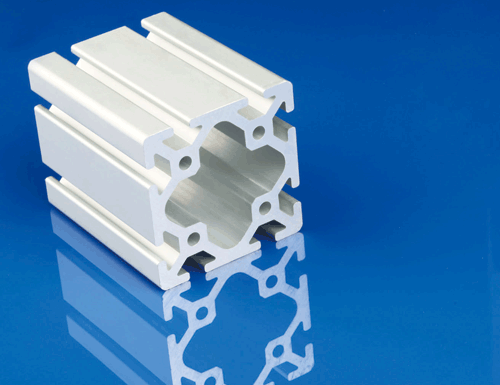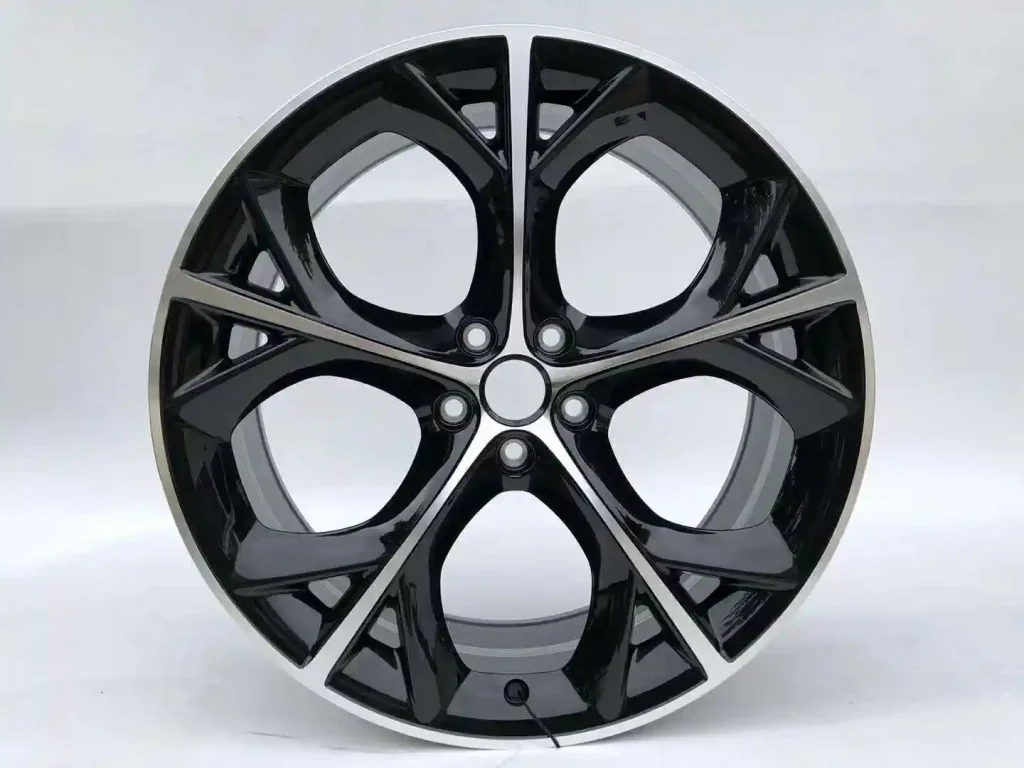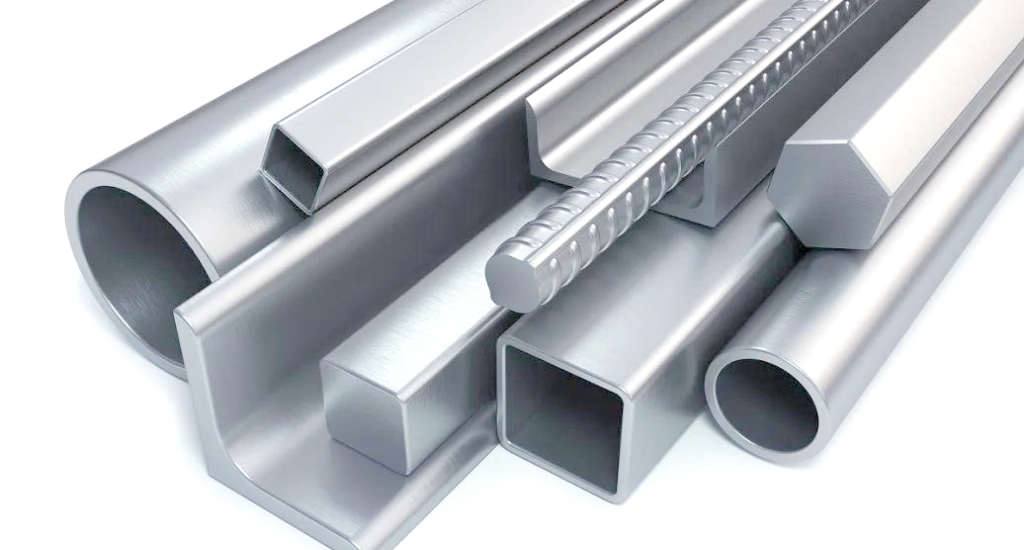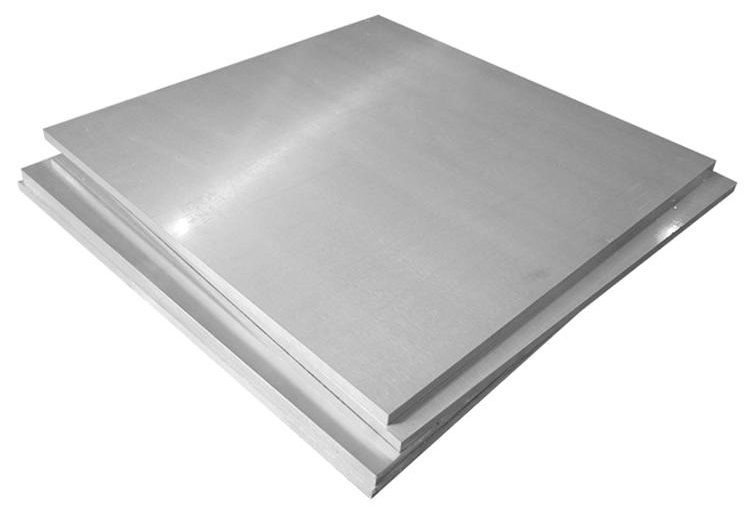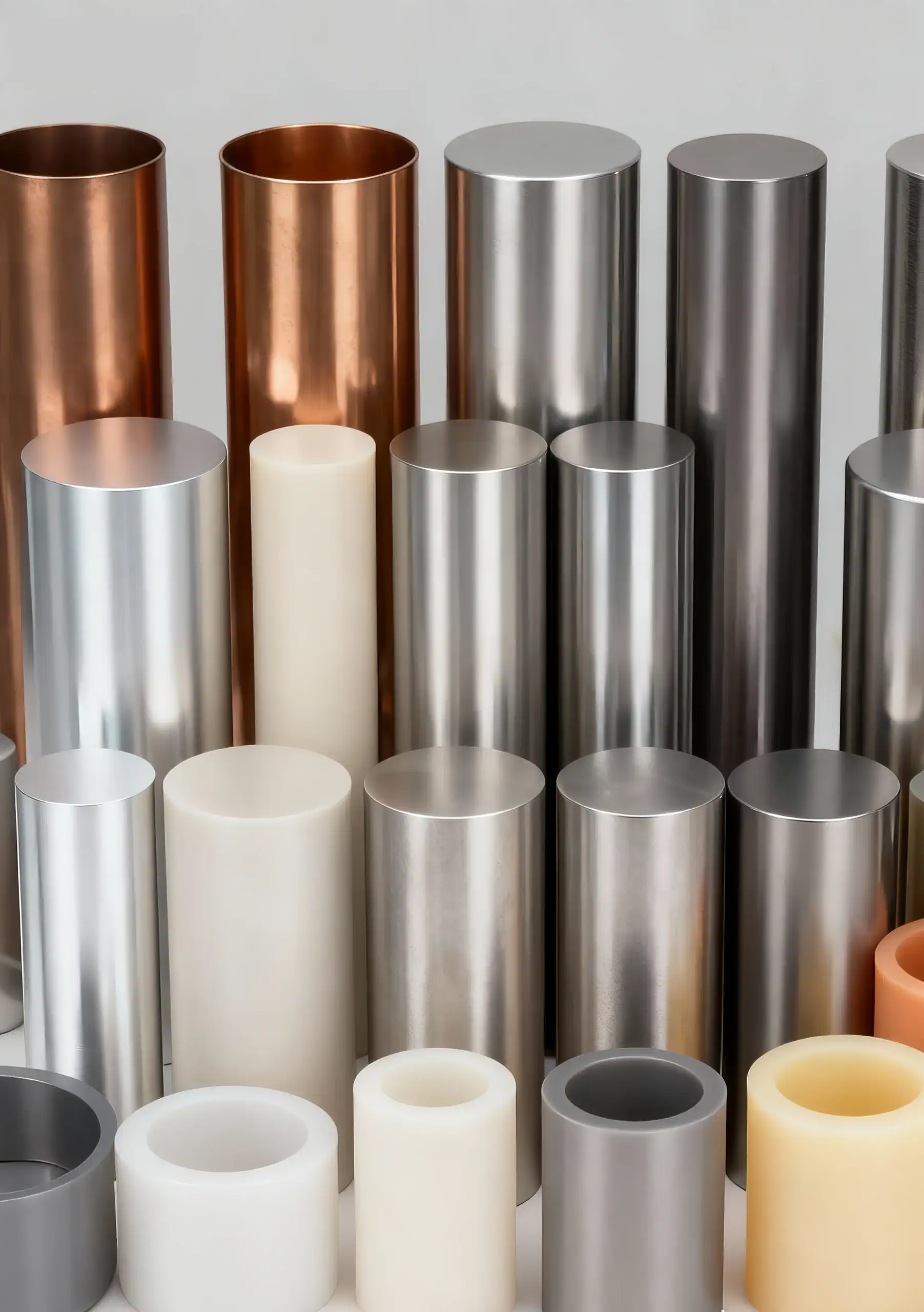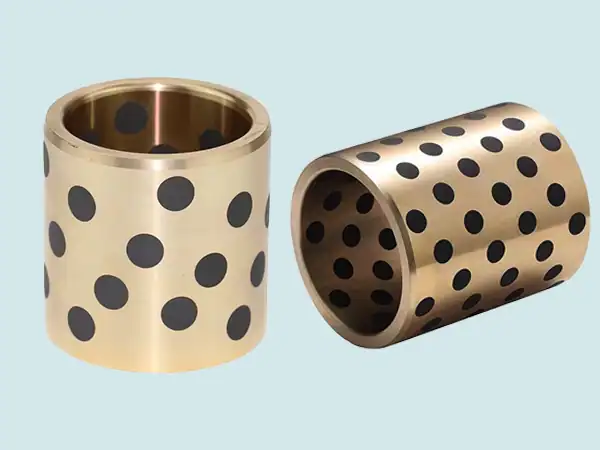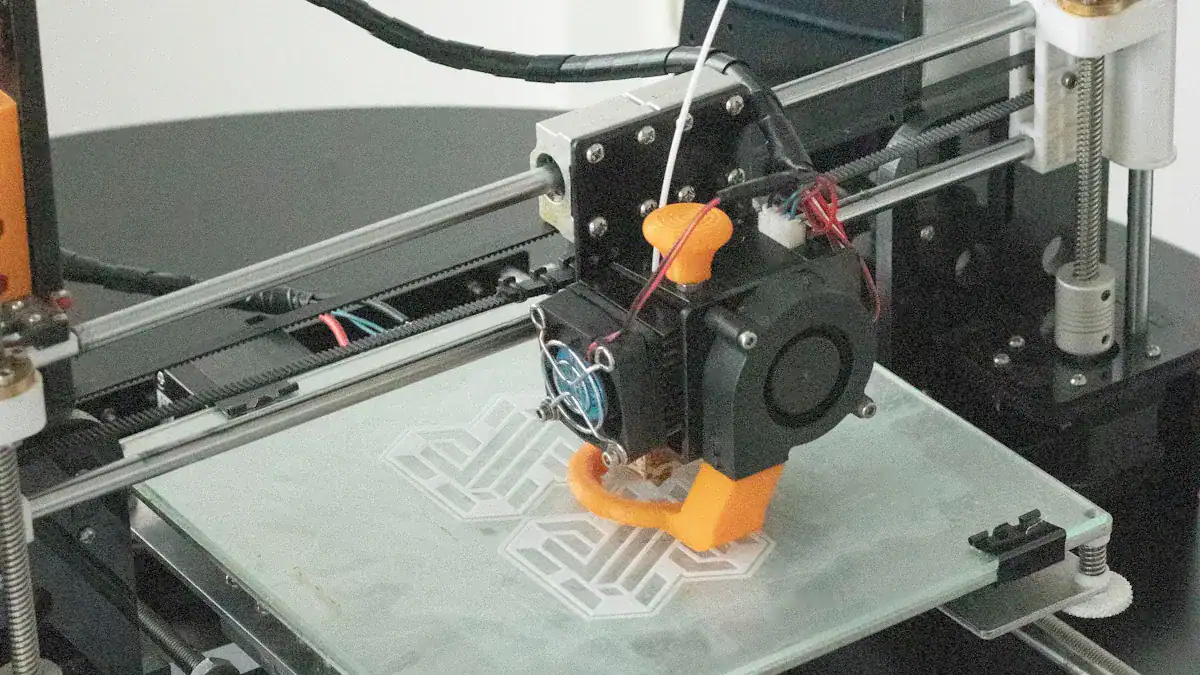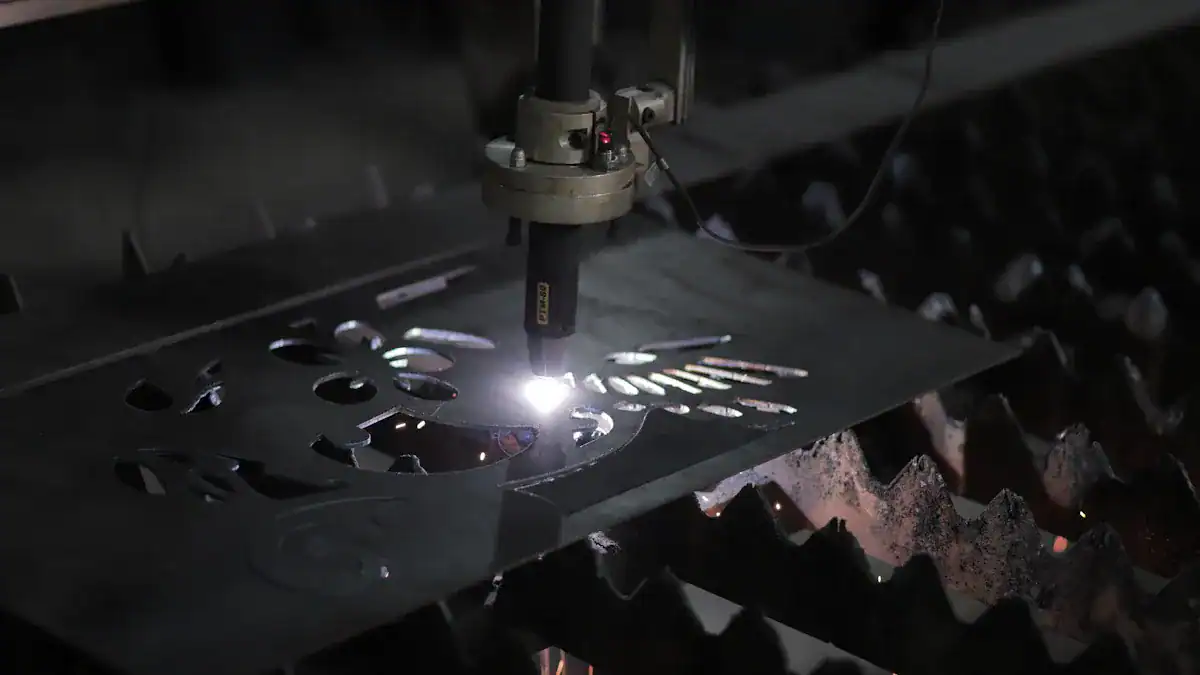Aluminum, which makes up 8% of the Earth’s crust and is the world’s most common metal, comes in many different types and grades that are used in countless industries and for everyday products. With over 400 different aluminum alloys available today, this incredibly versatile metal offers an amazing mix of benefits. In fact, aluminum is super strong for how light it is—even stronger than steel in that sense—while still being one of the lightest engineering metals around.
The properties of aluminum change a lot depending on its alloy, which means certain types are much better suited for specific jobs. Plus, aluminum is 100% recyclable and takes only 5% of the energy to recycle compared to making new aluminum. While experts often talk about types like 1100, 3003, and 6061 , each one has its own special features that make it perfect for certain uses.
In this guide, we’ll dive into the various grades of aluminum, what makes them unique, and how to pick the right one for your projects. From understanding how strong aluminum is to comparing its hardness across different series, you’ll learn a lot about this remarkably flexible metal.
Understanding the Properties of Aluminum
Aluminum is super versatile because it has a unique mix of physical, mechanical, and chemical properties. This lightweight metal has features that make it good for everything from airplanes to food wrappers.
Physical and Mechanical Properties
Pure aluminum (99.996%) is pretty soft and weak. But the aluminum we usually see (99-99.6% pure) gets much harder and stronger with just a little bit of silicon and iron added. With a density of just 2.7 g/cm³, aluminum is about a third as heavy as iron or copper. This amazing strength-to-weight ratio is better than even structural steel, making aluminum super valuable for anything that moves, like cars, boats, and planes.
What’s more, aluminum is also really flexible and easy to shape. It can be stretched into wires or rolled into super-thin foil without snapping. Notably, aluminum and its alloys do amazingly well in cold temperatures. Unlike steel, which gets brittle and breaks in the cold, aluminum actually gets stronger when it’s chilly.
Pure commercial aluminum has a tensile strength of about 90 MPa. But you can make it much, much stronger by mixing it with other metals (alloying) and then heating and cooling it (heat treatments). Aluminum’s crystal structure is “face-centered cubic,” and it stays stable until it melts at about 660°C (1220°F).
Thermal and Electrical Conductivity
Aluminum is one of the best materials for conducting heat, with a thermal conductivity of 237 W/mK. It’s the seventh best heat conductor, behind metals like silver and gold. But here’s the kicker: aluminum is about 400 times cheaper than silver! That’s why it’s perfect for things that need to transfer heat, like heat exchangers, car radiators, and even cooking pots.
As for electrical conductivity, aluminum is the fourth best at conducting electricity, after silver, copper, and gold. Pure aluminum wire can conduct electricity at 33.3 x 10^7 S/m, which is about 61% as good as copper (according to the International Annealed Copper Standard). Even though it doesn’t conduct quit as well as copper, aluminum is about 30% lighter. This means that for the same weight, aluminum can actually carry twice as much electricity as copper! That’s a big deal. This makes aluminum super useful for electrical wires and power lines.
Corrosion Resistance and Reflectivity
One of the best things about aluminum is how well it resists rust and corrosion. When it touches air, a hard, strong layer of oxide forms instantly on its surface. This protective layer basically seals the aluminum, keeping it safe in most environments, especially where the pH is between 4 and 9. It usually holds up well in that pH range, but strong acids and bases can dissolve it.
How well it resists corrosion changes depending on the specific aluminum alloy. Pure aluminum (1xxx series) is the best at resisting corrosion, followed by the 3xxx and 5xxx series. The 5xxx series alloys are especially good in salty, marine conditions, while the 2xxx and 7xxx series usually don’t resist corrosion as well.
When it comes to reflecting light, aluminum is amazing. Smooth aluminum bounces back about 80% of light and 90% of heat that hits it. The purer the aluminum, the better it reflects. This also makes it a cheaper option than silver for reflective surfaces. Plus, in a vacuum (where that oxide layer isn’t a factor), aluminum is uniquely good at reflecting ultraviolet light – something other metals don’t do.
Wrought vs. Cast Aluminum Alloys
Aluminum alloys come in two main types, based on how they’re made. Each type has its own special features that make it useful for different jobs.
What are Wrought Alloys?
Wrought aluminum alloys are shaped while they’re solid, using processes like rolling, squeezing (extrusion), and hammering (forging). These types usually have a smaller amount of other metals mixed in – typically just 1-2%, though some can have up to 6-8%. This shaping process makes the alloy’s internal structure much finer, which gives it better physical traits like improved strength and flexibility.
About 85% of all aluminum used is wrought, making it the most common type in industries. To make wrought alloys, pure aluminum is melted down, precise amounts of other metals are added, and then it’s shaped into big blocks (billets) or flat pieces (slabs) ready for more shaping.
Depending on how they get stronger, wrought alloys are either “heat-treatable” (meaning you can heat them to make them stronger) or “non-heat-treatable.” The 2XXX (aluminum-copper), 6XXX (aluminum-magnesium-silicon), and 7XXX (aluminum-zinc-magnesium) series get stronger with heat treatment. The 1XXX, 3XXX, 4XXX, and 5XXX series, however, get stronger mostly through mixing the metals evenly (solid solution) and by being shaped mechanically.
What are Cast Alloys?
Cast aluminum alloys are made by pouring melted aluminum into molds to create parts of all sorts of shapes and sizes. These alloys have a lot more other metals mixed in—usually 10-12%. Silicon, in particular, is added because it makes the molten aluminum flow better into the mold.
Silicon is key in cast aluminum because it creates a simple “eutectic structure” that helps with casting. Adding a little magnesium can make them much stronger over time, possibly even doubling their yield strength, because of how magnesium and silicon combine within the aluminum. This makes cast alloys with added magnesium super useful in airplanes and cars.
Just like wrought alloys, cast aluminum alloys are also divided into heat-treatable and non-heat-treatable types. But it’s interesting that even though some 3xx.0 and 4xx.0 series cast alloys can be heat-treated, industries that use die-casting rarely do that extra heat treatment step.
Key Differences in Strength and Machinability
The main difference between these two types of aluminum comes from how they’re made, leading to several important distinctions:
- Internal Structure: Wrought alloys have tiny, uniform internal structures with very few flaws. Cast alloys, on the other hand, have bigger, more random internal structures with some natural defects.
- Strength: Wrought aluminum is usually stronger because of its finer internal structure and because it gets harder when it’s worked. Cast alloys aren’t as strong, but they’re cheaper to produce.
- Machinability: How easy they are to machine (cut and shape) differs a lot. Cast alloys are great because the metal chips break off easily, but they can wear down tools quickly. For wrought alloys, getting the chips to break properly is the biggest challenge. The 6XXX series, for example, usually gets easier to machine as it gets stronger, but this isn’t true for all aluminum types.
- Cost and Flexibility: Cast aluminum can be made into more complex shapes because it’s poured into molds, and it costs less per pound. That makes it popular for cars, farming equipment, and construction. Wrought aluminum costs more, but it’s much stronger and easier to work with for high-end uses like in planes and spacecraft.
Ultimately, picking between wrought and cast aluminum comes down to what your specific project needs: how strong it has to be, how you’re going to make it, and what your budget is.
Exploring the 7 Main Types of Aluminum
The aluminum world sorts wrought aluminum into seven main groups, or “series.” Each one has unique properties based on the main metal mixed in. These standard names help engineers pick exactly the right material for their projects.
1xxx Series – Pure Aluminum
The 1xxx series contains at least 99% pure aluminum, with just tiny bits of other stuff. These types are fantastic at resisting corrosion, and they’re great at conducting electricity and heat. But they’re not very strong. You can’t make them stronger with heat treatment; they only get stronger by being physically worked (like bending or hammering them when cold). Because they’re so pure, they’re perfect for electrical wires, chemical equipment, and food packaging – basically, where you don’t need a lot of strength.
2xxx Series – Copper Alloys
With copper as the main ingredient (usually 2-10%), the 2xxx series can be made super strong – as strong as some steels – through a special heating and cooling process. Heat treatment makes these alloys much stronger, boosting their yield strength by 4-6 times. They used to be called duralumin and were common in aircraft, but now 7xxx alloys are often used instead because 2xxx can be prone to cracking under stress and corrosion. The 2024 alloy, which has 3.8-4.9% copper and 1.2-1.8% magnesium, is still widely used in airplane parts.
3xxx Series – Manganese Alloys
The 3xxx series uses manganese (0.05-1.8%) as its main additive. These aren’t heat-treatable, but they offer decent strength, are easy to shape, and have excellent corrosion resistance. Adding manganese makes them stronger while still keeping them easy to work with. Alloy 3003, with 1.0-1.5% manganese, is the most common aluminum alloy around, used for things like cooking pots, drink cans, and heat exchangers.
4xxx Series – Silicon Alloys
Silicon (0.6-21.5%) is the key ingredient in the 4xxx series. This addition lowers the melting point and makes the metal flow better, which is why these alloys are great for welding filler and brazing rods. Most 4xxx alloys can’t be heat-treated, except for those that also have magnesium or copper. When they’re anodized (a process that adds a protective layer), they get a unique dark gray or charcoal look, making them good for architectural uses.
5xxx Series – Magnesium Alloys
The 5xxx series has magnesium (0.5-13%) as its main added metal. These alloys are incredibly good at resisting corrosion, especially in saltwater environments. This makes them perfect for boat hulls and outdoor structures. You can’t heat-treat them, but they get stronger by being physically worked when cold. Types with more magnesium (over 3%) are stronger but might be more prone to cracking from stress and corrosion at higher temperatures.
6xxx Series – Magnesium and Silicon Alloys
With both magnesium and silicon, the 6xxx series hits a nice balance of strength, corrosion resistance, and how easy it is to shape. These heat-treatable alloys get stronger with special heating and cooling, though not as strong as the 2xxx and 7xxx series. 6061 is one of the most common all-purpose aluminum alloys, while 6063 is great for architectural uses because it’s so easy to extrude (push through a die to make a shape).
7xxx Series – Zinc Alloys
Zinc is the main ingredient in the 7xxx series, often with a bit of magnesium and copper added too. These alloys can be heat-treated to become the strongest aluminum types available. 7075 alloy, with 5.6% zinc, 2.5% magnesium, and 1.6% copper, is one of the strongest aluminum alloys you can buy. This makes it perfect for demanding jobs in aerospace and defense.
Popular Aluminum Types and Their Uses
Four specific aluminum alloys really stand out to pros because they work exceptionally well in many different industries. Each one has a unique mix of features that makes it just right for certain specialized jobs.
6061 Aluminum – The All-Rounder
Often called “The Workhorse Aluminum,” 6061 is probably the most versatile aluminum alloy out there. This alloy can be heat-treated and has magnesium and silicon as its main ingredients, giving it a good balance of strength, corrosion resistance, and workability. After heat treatment, its strength is comparable to some types of steel. Mainly used for structural parts, you’ll find 6061 aluminum in airplane wings and bodies, car frames (like the Audi A8), bike frames, and scuba tanks. It’s easy to weld, which makes it good for building boats and other welded structures, even though welding usually makes it about 40% less strong. Because it has such a great mix of properties, 6061 is the second most popular alloy used for making extruded shapes.
7075 Aluminum – Super Strong for Aerospace
With zinc as its main ingredient, 7075 aluminum is one of the strongest types of aluminum you can buy. It has approximately 5.6-6.1% zinc, 2.1-2.5% magnesium, and 1.2-1.6% copper. First developed for the Mitsubishi A6M Zero fighter plane, this alloy is as strong as many steels but keeps aluminum’s lightweight advantage. It resists fatigue (getting weaker from repeated stress) exceptionally well, making it perfect for airplane parts that go through a lot of cycles of stress. You’ll also find 7075 aluminum in military gear (like M16 rifles), connecting rods for drag racing engines, and spacecraft parts. A specific heat treatment called T6 makes its mechanical properties much better by refining its internal structure and hardening it.
5052 Aluminum – Marine-Grade Corrosion Resistance
Considered the strongest aluminum alloy that isn’t heat-treatable, 5052 aluminum contains 97.25% aluminum, 2.5% magnesium, and 0.25% chromium. Its high magnesium content gives it amazing resistance to corrosion in marine settings, especially saltwater. Unlike alloys with copper, 5052 holds up really well against acids, air, water, ammonia, and ammonium hydroxide. These features make it perfect for boat hulls, marine gear, fuel tanks, and chemical uses. With a tensile strength between 210-230 MPa and stretching up to 12-20% before breaking, 5052 is twice as hard as 1060 aluminum.
6063 Aluminum – Architectural uses
Often called the “architectural alloy,” 6063 aluminum mixes magnesium and silicon to create a super versatile material. It can be formed into complex shapes with very smooth surfaces, which are perfect for anodizing. That’s why it’s the most common alloy for aluminum extrusion. While not as strong as 6061, 6063 is much easier to shape, making it incredibly useful for intricate extruded projects. You’ll see it mainly in architectural parts like window and door frames, roofs, and sign frames. Besides that, 6063 is also widely used in irrigation systems, HVAC ducts, handrails, furniture, and sports equipment. This alloy is still pretty easy to weld, with TIG (tungsten inert gas) welding being especially effective.
How to Choose the Right Aluminum Type
Picking the best aluminum grade means carefully looking at several key things that will affect how it performs in your project. Knowing these selection points helps you match the material’s features perfectly to what your project needs.
Consider Machinability and Workability
How easy aluminum is to machine (cut and shape) changes a lot between grades, affecting how long it takes to make something and how good the final surface looks. The 2011 alloy is super easy to machine, giving you great surface finishes without needing much power. On the other hand, 5052 is only fair for machining, so it’s not the best choice if you need a lot of cutting and shaping.
For wrought aluminum, it often gets easier to machine as it gets stronger. For example, in the 6xxx series, the chips break better with harder alloys. However, some really strong 7xxx alloys can still be tough to machine even though they’re hard.
Workability is about how easily the aluminum can be shaped without breaking or losing its strength. Alloys like 3003 and 5052 are super easy to form into complex shapes, but stronger ones like 6061 and 7075 need more careful handling when shaping.
Evaluate Aluminum Tensile Strength and Hardness
How much strength you need varies a lot depending on the job:
- For low strength: Look at 1100 alloy (not for high-pressure stuff).
- For medium strength: Think about 3003 or 6063.
- For high strength: Go for 2011, 2024, or 7075 – these are super strong.
Pure aluminum’s tensile strength starts at about 90 MPa, but heat-treatable types can reach over 690 MPa. That’s a huge range! This wide range means you can precisely match the strength to what your project needs.
Check Corrosion Resistance and Weldability
Resisting corrosion is super important for outdoor, marine, or chemical projects. For salty environments, 5xxx series alloys offer top-notch protection against saltwater corrosion. Specifically, 5052 aluminum is a favorite for marine uses because it resists corrosion so well.
Most importantly, check if it’s weldable if your project needs parts joined together. Most aluminum alloys in the 1xxx, 3xxx, 5xxx, and 6xxx series are pretty easy to weld. But whatever you do, avoid welding 2024 and 7075 alloys, as they crack super easily. Whether you are looking for high-strength structural profiles or need precision aluminum parts customized for your project, Future Parts can provide you with reliable support. Contact us today for a free quote or technical advice to make your project more efficient, lighter, and better!
Factor in Cost and Availability
Cost is a huge factor when choosing a material. Stronger, higher-grade alloys like 7075 are great, but they cost more. Basically, cheaper grades like 6061 often work perfectly well for many jobs and save you money.
Know if Heat Treatment is Required
First off, figure out if your project needs aluminum that can be made stronger with heat treatment. Only certain types – 2xxx, 6xxx, 7xxx, and sometimes 4xxx – can be made stronger this way. Heat-treatable alloys get stronger when certain elements inside them clump together and harden when heated to high temperatures. Non-heat-treatable alloys (1xxx, 3xxx, 5xxx) can only get stronger by being physically worked when cold.
Conclusion
Aluminum is an extremely versatile and critically important metal for modern industry, with each type offering a clear choice for specific requirements. Common types such as 6061, 7075, 5052, and 6063 are industry favorites, with applications ranging from high-strength aircraft components to elegant architectural cladding.
When you need high-strength profiles or precision components, Future Parts can provide reliable support to help your projects achieve more efficient, lighter, and higher-quality results. The exceptional adaptability of aluminum alloys ensures they will remain a top-tier material for decades to come.
